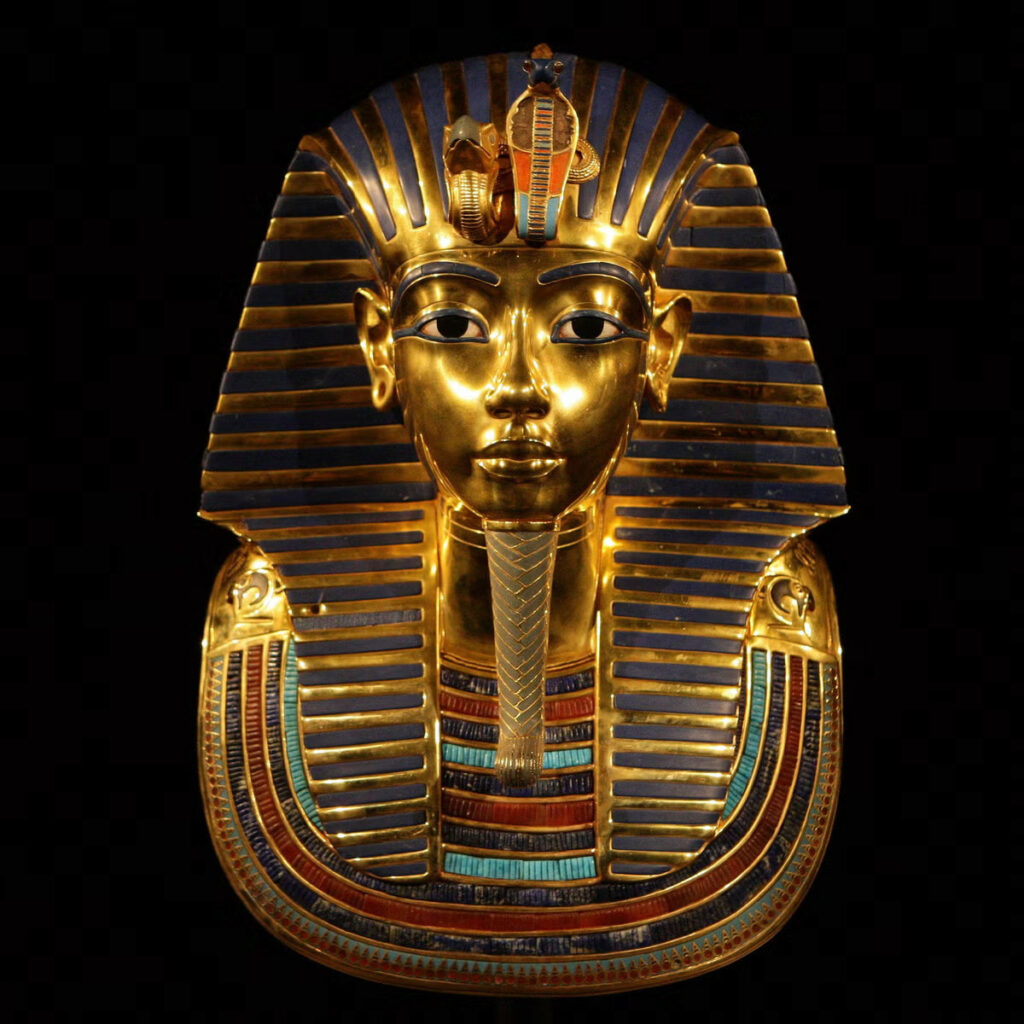An Iconic Discovery

The 1922 discovery of Tutankhamun’s tomb by British archaeologist Howard Carter was a pivotal moment in Egyptology. After digging through rubble-filled passages, Carter famously peered through a small opening and uttered the words, “Yes, wonderful things.” Inside the four-room tomb lay over 5,000 royal treasures, including a dagger made from meteorite, that had remained untouched for over 3,000 years. The innermost coffin held the mummified body of the Boy King himself.
Reconstructing the Youthful Pharaoh
A Collaborative Effort

Nearly a century after this iconic discovery, an international team of academics from Brazil, Australia, and Italy has reconstructed the face of the young pharaoh. Using a digital model of Tutankhamun’s mummified skull, they brought his features to life, revealing a delicate and youthful visage.
Challenges and Techniques

Reconstructing Tutankhamun’s face was a challenging task, as the team did not have direct access to his skull. They relied on previous studies that had recorded the skull measurements and provided reference images. To create the digital model, they adjusted a virtual donor’s skull to match Tutankhamun’s proportions and recreated features like the lips, eyeballs, ears, and nose based on statistical studies and CT scans of living individuals from different ancestries.
A Student-like Appearance

Brazilian graphics expert Cicero Moraes, a co-author of the study, described Tutankhamun’s reconstructed appearance as that of a young man with a delicate face, resembling more of a young student than a politician burdened with responsibilities. This interpretation adds an extra layer of intrigue to the historical figure.
Aligning with Ancient Depictions
Consistency with Tomb Treasures

Interestingly, this reconstruction bears a striking resemblance to a previous attempt made in 2005 and aligns with ancient depictions of Tutankhamun found among the tomb treasures, including the famous depiction of his head on a lotus flower.
A Meticulous Process

The gradual reconstruction process aimed to create an objective representation of Tutankhamun’s face, with subjective elements like eye color added to humanize the subject further. The study’s authors are confident in the likeness they have achieved, stating that the projections and measurements are compatible with the real face in terms of general structure.
As the world continues to unravel the mysteries of ancient Egypt, this remarkable reconstruction of Tutankhamun’s face gives us a glimpse into the life of a revered god-king who died over 3,300 years ago.

